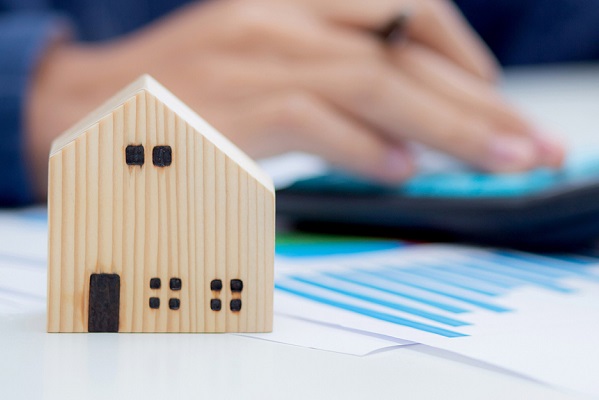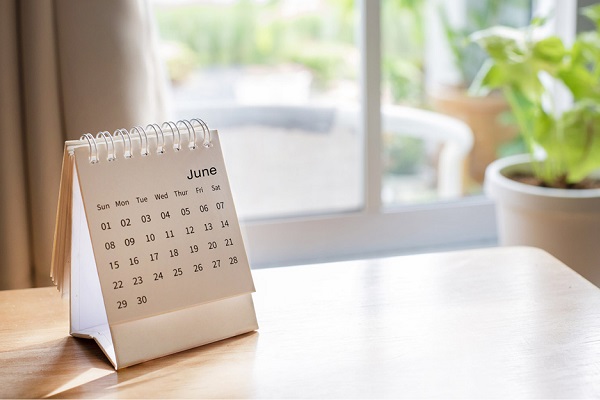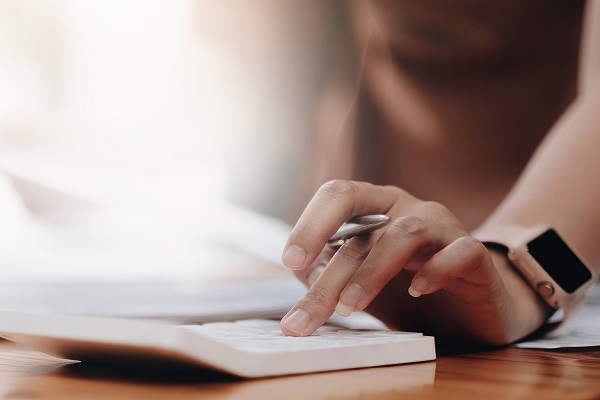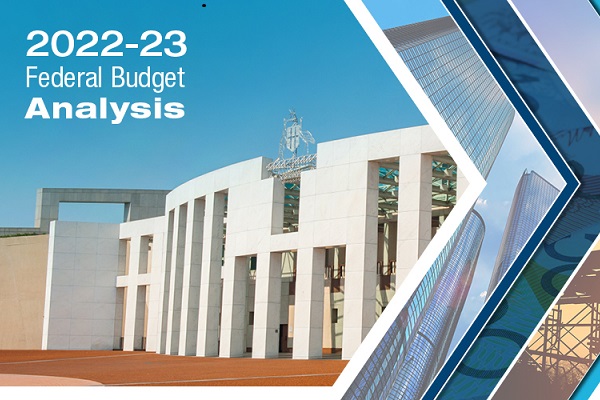With business conditions picking up in Australia, many business owners are thinking about the equipment they will need in order to evolve in the years ahead.
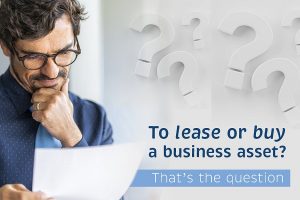
Whether it’s a new delivery van or a high-end digital printer, up-to-date equipment and tools are essential for business success. In the May 2021 Federal Budget, the government announced full write-off of eligible business assets will be available for another year, so the opportunity to tool up is even more attractive. To lease or buy a business asset? That is the question.
Issues to consider
Unfortunately, deciding the best way to acquire business assets is not always straightforward as you weigh up whether to buy outright or lease.
With a lease, you are able to use the plant or equipment under the terms of a contract and return it when your lease expires. Buying on the other hand, means you purchase and own the equipment outright. If you have insufficient cash to buy an asset, you can also finance your purchase and repay the lender over time.
For both buying and leasing it’s not just the immediate costs and tax benefits you should bear in mind. You need to calculate the total costs, including ongoing maintenance, usage conditions, termination fees and equipment return.
You also need to review whether or not your business’s cash flow is steady and reliable, and allows you to commit to regular lease payments, or is subject to seasonal fluctuations that make monthly payments difficult.
Impact on your tax bill
A key factor to consider when it comes to the lease or buy decision is tax, as there can be valuable tax benefits if you buy an asset outright.
At the moment, the government’s COVID-19 temporary full expensing provisions to support Australian businesses provide a significant tax incentive to buy new equipment. These instant write-off incentives allow you to claim the cost of your asset against your business’s tax bill in the year of purchase.
For many eligible businesses, these tax incentives could tip the scales towards buying rather than leasing between now and 30 June 2023.
GST and leasing
The rules around claiming GST credits also favour purchasing.
When you lease equipment for your business it’s similar to renting, so you can only claim GST credits for your lease payments, not the total cost of the asset. For example, if you purchase equipment valued at $66,000 (including GST) you can claim back $6,000 in GST credits in your next BAS, but only a couple of hundred dollars for each monthly lease payment.
If you purchase a vehicle for business purposes valued at over the annual car limit ($60,733 in 2021-22), the maximum amount of GST credit you can claim is one-eleventh of the limit ($5,521 in 2021-22). If you pay luxury car tax on a vehicle you purchase for your business, you are unable to claim GST on the tax paid.
Benefits of low interest rates
Although buying can be sensible for some businesses, if you have insufficient cash to cover the cost of new equipment, a leasing option like a hire purchase agreement or chattel mortgage still offer benefits.
Interest rates for this type of financing are currently quite low, so it can be an attractive option to consider.
Leasing also allows you to keep working capital within the business and available for other uses. For example, if you want to acquire an asset worth $120,000 and finance it at 4 per cent interest, your business retains the $120,000 on its balance sheet and still has access to it if required.
In addition, you may be able to invest the $120,000 and achieve a return higher than 4 per cent. The opportunity cost of not having access to the money if you decide to purchase needs to be considered in your decision.
Leasing is still attractive
Although tax incentives and low interest rates may currently make buying attractive, some businesses will still find leasing a better option.
This option is often more appropriate for assets that rapidly become obsolete and need regular updating, such as IT equipment. Leasing new equipment can also make it easier to match regular monthly loan repayments to your business cash flow, rather than having to make a large one-off outlay for the asset.
Making your decision
Whichever way you are leaning – buy or lease – it’s important to review your business cash flow, your future growth plans and the current business and economic outlook.
Your personal approach to your business is also a factor to consider. Some owners prefer the certainty of ownership and not having to worry about a lot of fixed costs. For others, it’s more important to have access to the latest equipment and to focus on rapidly expanding their operation.
If you would like to discuss whether buying or leasing would be best for your business in the current economic environment, call us today.
Issues to consider when acquiring or leasing a business asset
| Pros | Cons |
| Leasing | |
| Less commitment than buying | Can cost more than buying when repayments, fees and charges included |
| Could provide more choice of equipment | May not be available if you have a poor credit history |
| Less money required upfront | Locked into lease payments even if equipment is not used |
| Smaller regular payments simplify cash flow budgeting | No potential to recoup money by selling equipment when you no longer need it |
| Equipment failure or wear and tear are the responsibility of the leasing company | Slow repairs or maintenance as lessor is responsible |
| Simple to upgrade equipment when lease finishes | Can be restrictions on altering a leased vehicle or equipment |
| Buying | |
| Complete control over asset selection | Larger upfront cost than leasing |
| Freedom to alter the asset as required | Cash not available for spending elsewhere in the business |
| Provides tangible asset you own outright | Asset value depreciates over time |
| Can be added to balance sheet, increasing business capital and value | Upgrading requires sale of asset and purchase of new one |
| Repairs and maintenance can be organised in a timely fashion | Repairs and maintenance can be costly unless covered by warranty or insurance |
| Equipment can be sold to free up capital or recoup some of the initial outlay | If technology becomes outdated, asset may become worthless or of limited value |
Did you enjoy this article?
Click below to share it
More News Articles
Subscribe to Our Mailing List & Connect Through our Socials
While you may have come to us from a variety of sources, the time has never been better to join us.
Subscribe to our mailing list and connect through out socials to keep up to date with our latest news and get some tips.





